We’re very fortunate to be working on a range of very exciting problems where we seek to use tissue mechanics as a basic for innovative sensor design. This work is supported by a range of funders including the EPSRC, BBSRC, Tommy’s Charity, Scottish Research Partnership in Engineering, and Carnegie Trust. Without this funding we wouldn’t be going anywhere fast! If you have interest in collaborating or discussing our work then please get in touch!
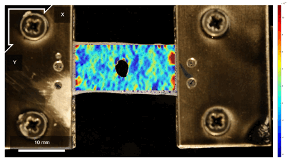
Tissue mechanics
Core to almost all of our work is our focus on biological tissues. We have a range of techniques established in the lab which include mechanical testing, visualisation (Digital Image Correlation) and microscopy. These allow us to understand how both marcro and micro-scale changes occur in tissue over time.
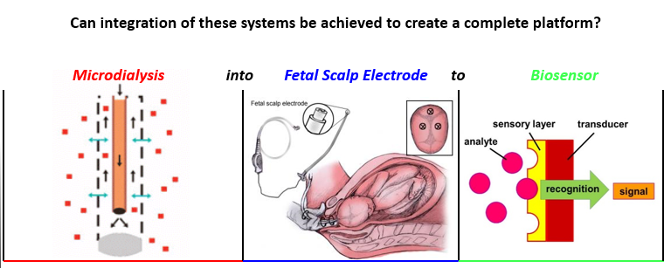
Fetal monitoring
The process of labour can result in considerable challenges to both mothers and fetuses. Our work is developing ways to monitor the biochemistry of fetuses during the birthing process, to improve baby health outcomes.
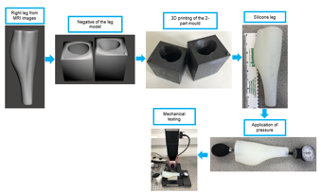
Musculoskeletal
The changes that occur in the body due to traumatic injury can often manifest in pressure changes in tissue. We are studying compartment syndrome to understand how we can better monitor this in emergency situations.
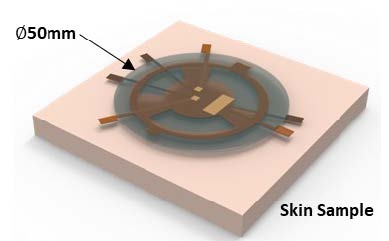
Sensor development
From our understanding of tissue mechanics comes a wide range of applications for which we develop sensors. These range from acoustic, to pressure, to strain, to biochemical sensing
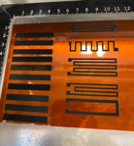
On-organ sensors
We know that wearable devices have provided a great opportunity to learn about our bodies, but often we need more detail. That’s why we’re working to develop sensors that integrate into our body on our organs.

Embryonic mechanics
Whilst soft tissues have many interesting facets, some key questions exist on how skin (and other tissues) form their shaps/patterns. In our collaborative work with Dr Denis Headon’s team, we study the mechanics of embryonic tissue formation using AFM.